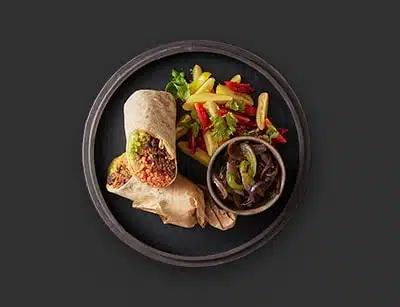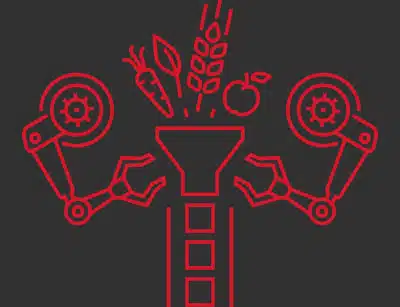
What Are Food Additives: A Food Engineer’s Guide
Introduction
As a food engineer, I often get asked about those cryptic ingredients listed on food labels. What exactly are these “additives”? How are they made? And are they something to embrace or avoid? In this blog, I offer a peek behind the curtain, to shed light on the world of food additives, and to offer a helpful guide to reading food labels, including on new-meat.
Food Additives 101
In a nutshell, food additives are safe ingredients we incorporate into food for a variety of purposes, from enhancing flavor or visual appeal to improving shelf-life. They can be from a natural source, like the apple cider vinegar that gives your salad dressing a tang. They can also be synthetically produced. Regardless of the source, food additives undergo rigorous testing by regulatory bodies before appearing on grocery store shelves.
From a food engineer’s perspective, additives are like a toolbox – they help us achieve specific goals throughout the food’s journey, from factory to fridge – so they’re just as essential as any other ingredients.

Food additive types
Let’s explore some common types of food additives and their superpowers:
-
Antioxidants
Ever noticed how some sliced apples turn brown after a while? Antioxidants are like tiny shields that protect food from oxygen side effects, such as discoloration and spoilage. Common examples include ascorbic acid, also known as vitamin C, or tocopherols (vitamin E).
-
Colors
Food colorings are types of food additives that are widely used in the food industry. These additives are used to enhance the color of food products and make them look more appealing. Food coloring can be from a natural or artificial source. We commonly use beetroot as a color.
-
Preservatives
These types of additives fight spoilage by preventing bacteria or mold growth. This keeps your food safe for longer, reducing waste and ensuring you get the most out of your groceries. However, some scientific studies have raised concerns about certain preservatives, like nitrates and nitrites, potentially contributing to health issues when consumed in high amounts. That’s why food engineers actively seek out alternative preservation methods and use these additives judiciously, within safe limits set by regulatory bodies.
-
Emulsifiers
Imagine a delicious salad dressing – the oil and vinegar stay separate without an emulsifier. These little helpers act like matchmakers, combining different ingredients, like oil and water, to create a uniform texture. They ensure your salad dressing stays creamy and your ice cream maintains its smooth, delightful scoop.
-
Flavorings
Natural or artificial flavorings can enhance food taste or even replace flavors lost during processing. They can also be used to create entirely new flavor profiles for exciting culinary adventures. For instance, the fruity notes in your yogurt might come from natural or artificial flavorings.
Why not “all natural?” [1]

Now, you might be wondering, “Why can’t we just use all-natural ingredients?”
Let’s start by trying to define what a natural food additive is. Due to the absence of a universally accepted definition for “natural food additive,” specific regulations may vary slightly depending on the governing body.
Natural Food Additive: A Summary from Key Regulatory Bodies:
- Derived from: Plant, animal, microbial, or mineral sources [2].
- Not synthetically produced: This means it’s obtained through physical, enzymatic, or microbiological processes (e.g., extraction, fermentation) without synthetic solvents or chemical modifications [3].
- Intended for use in food: It performs a technological function in the processing, storage, packaging, or transportation of food [2]. Examples include coloring, flavoring, sweetening, or preserving [4].
- Generally recognized as safe (GRAS): In the United States, there must be a documented history of safe food use before the Food and Drug Administration (FDA) considers it GRAS [5].
Sometimes, natural alternatives just aren’t as effective. For instance, some natural preservatives (like the above-mentioned apple cider) might not be strong enough to keep food safe for extended periods.
We, food engineers, always have to balance, among others, between safety, customer perception and efficacy of food additives – to formulate the best possible products.

Safety first in Food Additives
Of course, safety is paramount. All food additives go through rigorous testing by regulatory bodies before being approved for use. My role, and that of all food engineers, requires us to stay updated on the latest safety assessments and regulations. We only use additives deemed safe for consumption within the recommended amounts.
While food additives are generally safe to consume in small amounts, some people may be sensitive to certain additives. In addition , some studies have suggested that certain additives may be linked to health problems. That’s why staying informed about the latest regulations and food science is crucial.
So, the next time you see “additives” on a food label, remember they’re not some scary secret ingredient. They’re likely there to enhance your food’s safety, quality, and more than anything, your enjoyment!





